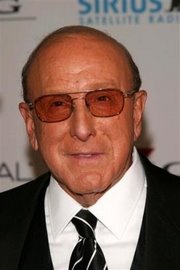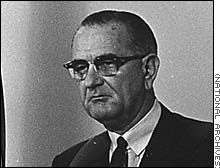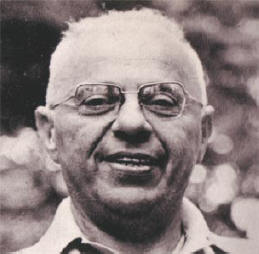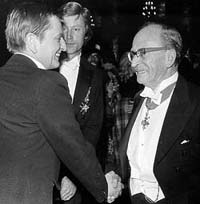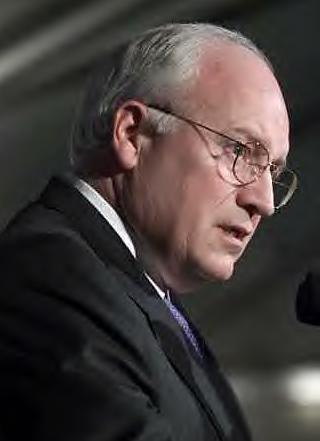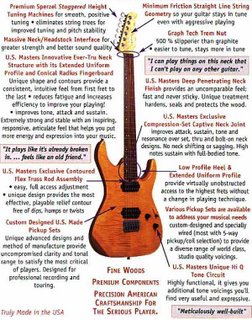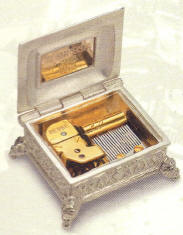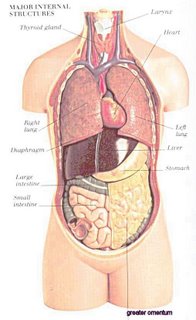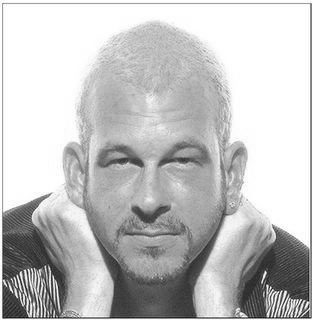
I like the arrow.
Tonight's session for "I Could Try" begins with firing up the monitors and throwing up a rough mix of all the elements we've tracked so far:
-drum loops
-shaker
-massed handclaps
-tambourine
-timpani
-three different "ghost note" snare sounds; stick, brush and loud brush
-tambourine
-backwards and forwards cymbals
-Rhodes electric piano
-flatwound muted tube-pre'd bass guitar
-roundwound-strung bass guitar recorded direct
-organ
-piano
-guide vocal
-music box and sound effects
It has been a long and arduous (if wholly enjoyable) process thus far but we've enjoyed the best of both worlds in production: a tight, specific vision for the song and some happy accidents brought about by looking at the song from a variety of angles. We've considered structure at great length, vacillating several times before deciding on what should prove a dynamic flow, a story in music as well as in words.
I like it a lot so far. In terms of sheer craft "I Could Try" should be fairly unassailable. I don't like music that demands too much of and subsequently tires the listener's ear. My music is complex enough and I can't take chances with
any sort of fatigue on the part of the listener.
Anyway, this evening I've prepped some clips to illustrate some specific points of the arrangement of "I Could Try". Each section will contain two clips: one rough mix of the section and another with the instruments in question soloed up for ease of explanation. Hopefully these little liftings of the curtain will help some readers get past my relentless tech- and theory-speak. Music should never stray far from the realm of sheer emotion, but the making of it demands a balancing of the technical and the emotional quadrants of the spleen that can often result in dry discussions of frequency-dependent compression and double bifurcating splanges, to quote George Martin.
Section 1: "Placing" Percussion Elements In The Soundstage:A few sessions ago I spoke about performing a sub-mix of percussion elements where I would use panning and reverbs to arrange them in a series of distinct "spaces" that would permit them to be differentiated and heard when they are in competition with a thick mix. Example 1A shows us a passage from "I Could Try", specifically the break between the first chorus section and the third verse.
Example 1AIn 1A we hear handclaps yielding to sleighbells, congas and timpani as the organ interjects a little funk for the old dears. At the end of the short break the verse is ushered back in with a little jazzy brushed-snare drum phrase. I've placed the handclaps, rather dry, over to the left and the congas on the right side have been doused in some thick plate reverb to shunt them off into the distance a little. Our sleighbells, also quite dry, are hard-panned to the left and right speakers, defining the periphery of the soundstage. Balancing the congas are the timpani that provide a little flourish over to the left and when the brushed snare comes in it's panned to the near left to place them to the right of our timpanist.
Care to hear it a little more clinically?
Example 1BThis provides a decent example of a mix that uses stereo placement as much as arrangement to keep instruments defined and uncluttered. In the days of mono recording Spector et. al. could only position their players further away from or closer to the microphones to achieve this. One or at the most two reverbs (one a chamber, one a plate) could be integrated into the mix to place things at various removes. Today we have stereo and surround audio that allows for easier, clearer placement but brings a whole new set of demands to the engineer.
Section 2: A Little Tone Sandwich:
We hear "counterpoint" spoken in hushed and respectful tones but the second you start slapping an acoustic guitar and singing you're using it like a champ. Chord changes are by their nature counterpoint, and complex counterpoint at that. I use all sorts of counterpoints in my arrangements, more often than not building them off the bass line. Here we have a pretty little passage of music, which I I'm pretty sure is from the third verse:
Example 2AIt certainly seems driven by that electric piano off to the left smacking those chords out, don't it?
And yet listen what happens when we pull out all the instruments except the organ and bass guitar:
Example 2BHear how the real musical story here is the conversation between the organ and the bass? Each sits comfortably at opposite ends of the frequency range but do you hear the interrelation? How they're playing the same line in harmony? Who would have thought? And when you go back to 2A the organ almost seems to disappear into the tapestry. But oh, it's there. Is it ever there. It's just serving the supporting-actor role of making the bass line uninocuous, a vital part of the progression. And that, dears, is dead counterpoint, if not exactly baroque in nature.
Also important in this audio example of single-line motion is what happens at the end of the snippet. If you listen to 2A at the 8-second mark we hit a series of chords in half-notes that signal a crescendo. Now we throw a little contrary motion into the sequence to "lift" it. The bass and the Rhodes (over to the left) move
downwards and the organ plays chords over on the right side that
rise in apparent pitch. You see, parts can differentiate themselves not only by volume, stereo placement and depth placement but also by the directions in which they move
vertically, musically. In this case they moving
apart in a manner that suggests a crescendo. They are like two hands that open slowly to catch the low little rolling piano figure that arrives at the top of the phrase.
Section 3: Au Contraire: More Contrary Motion
Example 3A provides another, more obvious implementation of contrary motion, this time between the electric piano and the acoustic piano. The electric piano walks down to the left and the piano chords slide
upwards with the exception of the fourth chord. It's pretty, isn't it? It's really
music-ey as an A&R guy at Rykodisc used to say disdainfully.
Example 3AWant a clearer shot at that one? Of course you do. They dance apart and on the last chord the acoustic piano says "fuck it" and pushes the Rhodes over on to the couch, inverts her and shoves his E root into her D chord. His tongue tastes of tobacco, bitter. In th' words of Mario Puzo.
Example 3BSeriously, though- we do actually end up with a big D major with an E at the bottom which will bring is seamlessly into the somewhat perverted cycle of fifths that comprises the instrumental section.
Section 4: Eine Kleine Countermelody Musik:
We bring this evening's audio analysis to a close
with the much-touted magical countermelody of the latter choruses of "I Could Try". After all, it is 1:45 AM and there's plenty of guitar to record.
This audio example is from the final repeat of the chorus in Db major. In the final product this section will be virtually
saturated with vocals so we're careful to keep the motion simple save for a little syncopating in the Rhodes electric piano to our left. The piano is doubling the countermelody in single notes so it's a perfect place to illustrate it without vocals in place. The bass guitar has slipped away from the funky, dotted-quarter note feel that characterizes much of the song to straight quarter notes on the beat. Hear the piano playing the countermelody up top? Ain't it just Bacharachlicious?
Example 4AAre we digging that harp-like glissando at the end? Does it make you want to be in a dream in a black 'n' white sitcom? The ability of modern keyboards to transpose into any key mean I'm able to shift into a key where the black keys (the pentatonic scale) are consonant with D flat major and thus lull Lucy into a dream by sweeping down the keyboard double-handed as the final chorus ends.
So now that you've inhabited this strange world of motion and placement and theory with me, let's give a listen to the final snippet and you tell
me what's going on. When we pull out everything but the piano countermelody and the bass what is the resultant crazy voodoo?
Example 4BMy friends, truly they are the top and bottom slices of Wonder Bread in one hep music sandwich, are they not? And yes, you're right- it's counterpoint. A+ for you, dawg.
I ask you! Are we making music like MEN and WOMEN here? Is this that crazy stuff like they used to have? Are we making instruments converse and support each other or are we dropping a loop of some old Fixx song and breathin' heavy and Airfucking on top of it?
Is it easy? Is it instant? No, dear hearts. No.
I would say conservatively that "I Could Try" is about a third of the way to completion.
You going to make it? You going to hang in? You gonna go all American Karaoke Idol on me or are you going to keep the artist company during more long, dark nights of the green-eyed soul?
See why they do it all on dictaphones now? Oh, it's hard. You have to get dirty. For the real stuff. And ah, it's so lonely in the night. The children now, they don't understand the beautiful, long, lonely night. The landscape of dreams. Of dreams.

